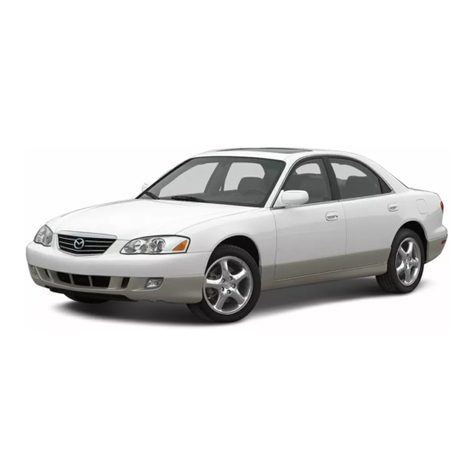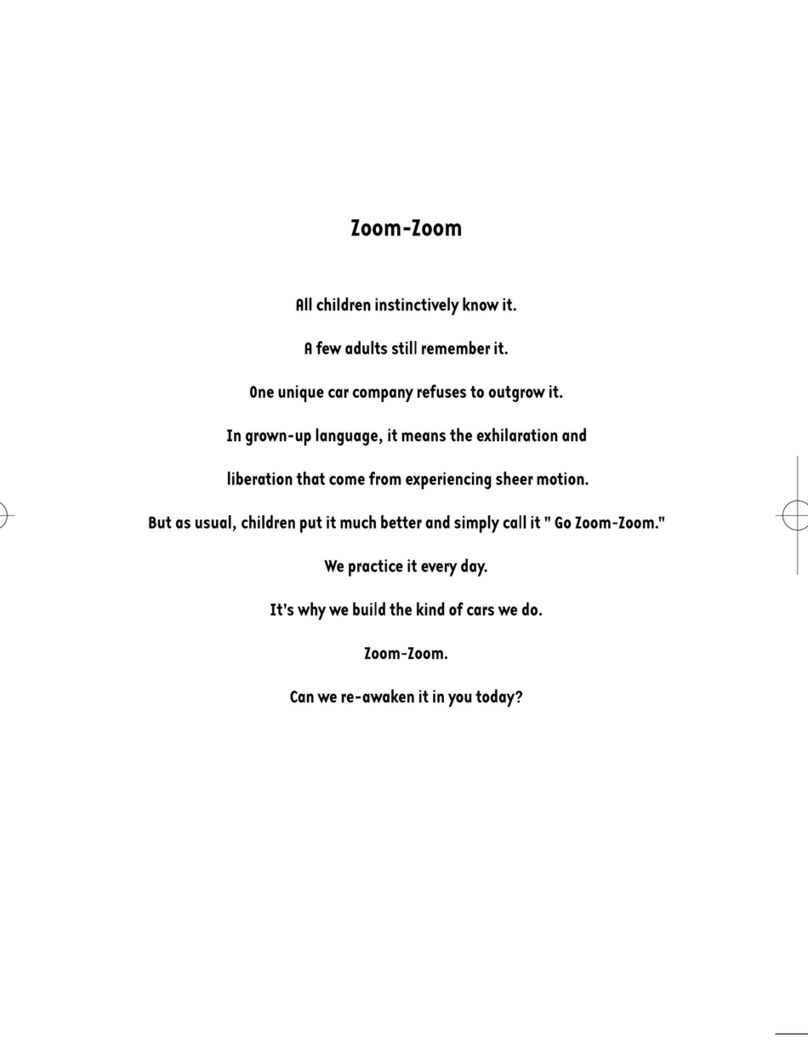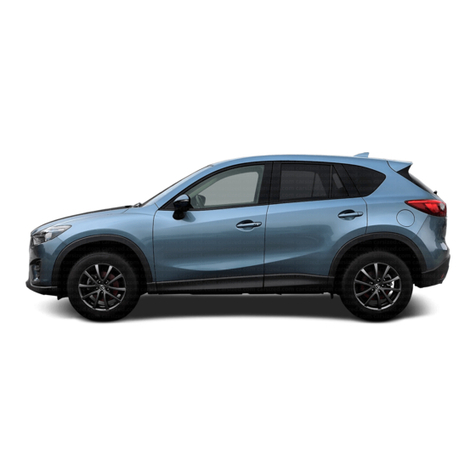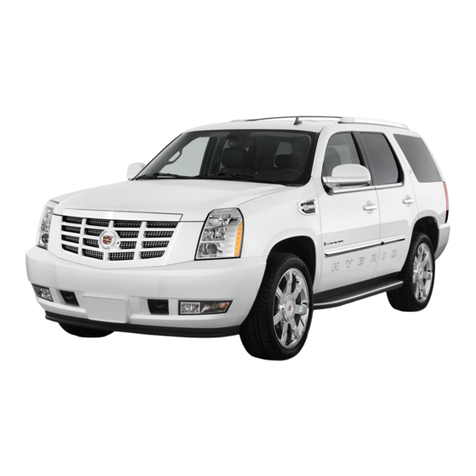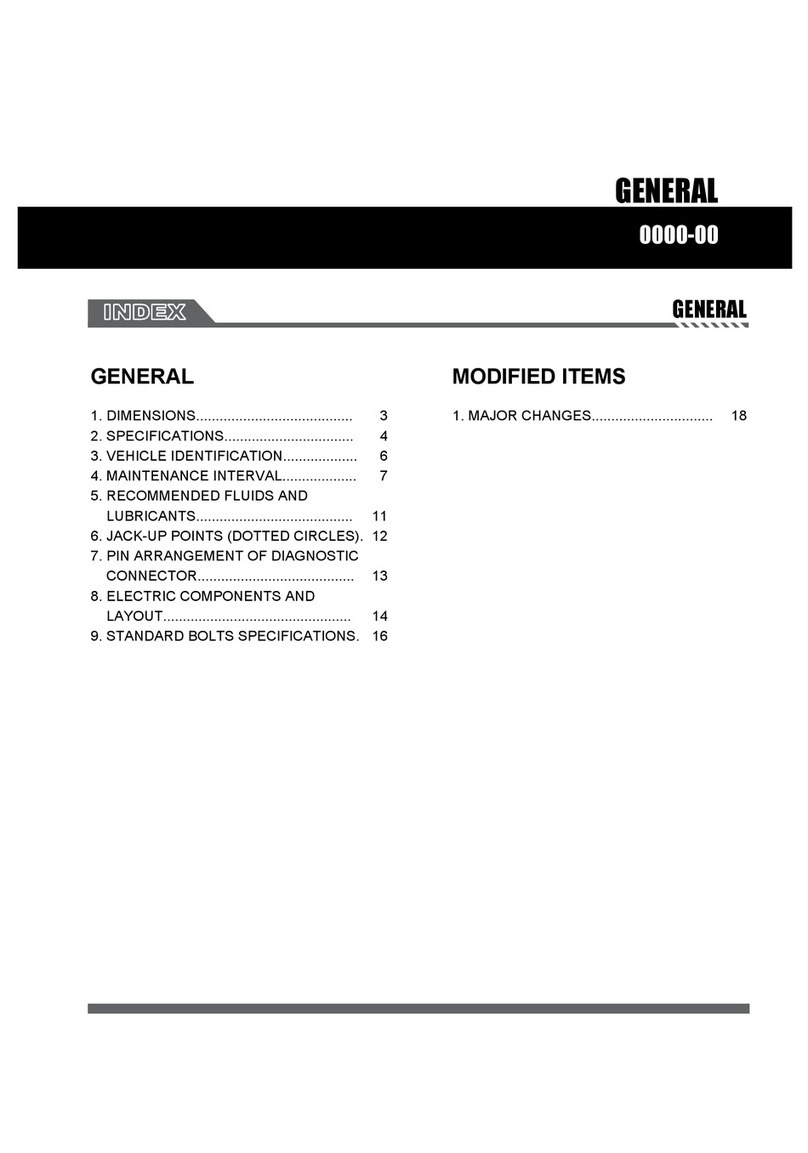Mazda MX-6 User manual
Other Mazda Automobile manuals
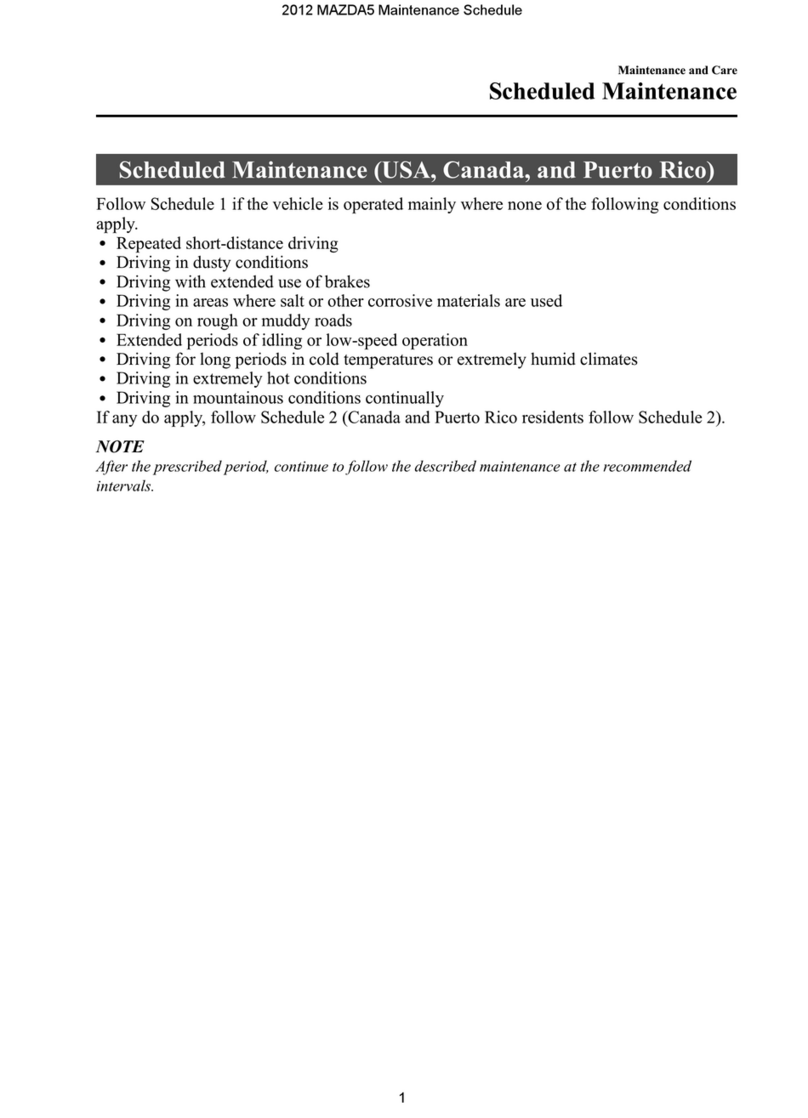
Mazda
Mazda PROTEGE 5 User manual
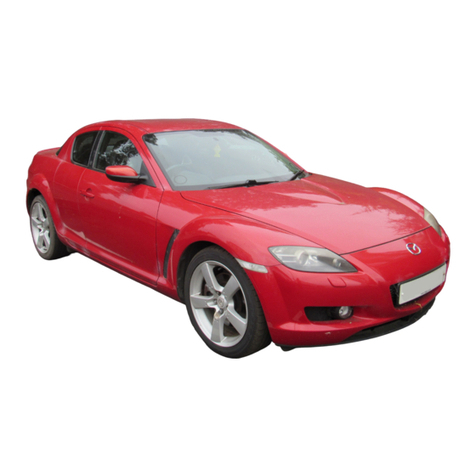
Mazda
Mazda 2006 RX-8 Service manual

Mazda
Mazda 2005 Tribute User manual
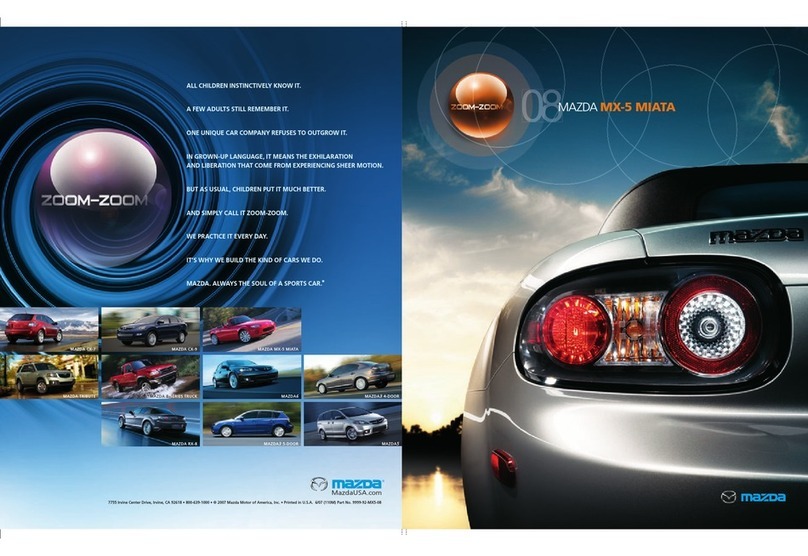
Mazda
Mazda 2008 MX-5 Miata User manual

Mazda
Mazda 2007 Mazda3 4-Door User manual
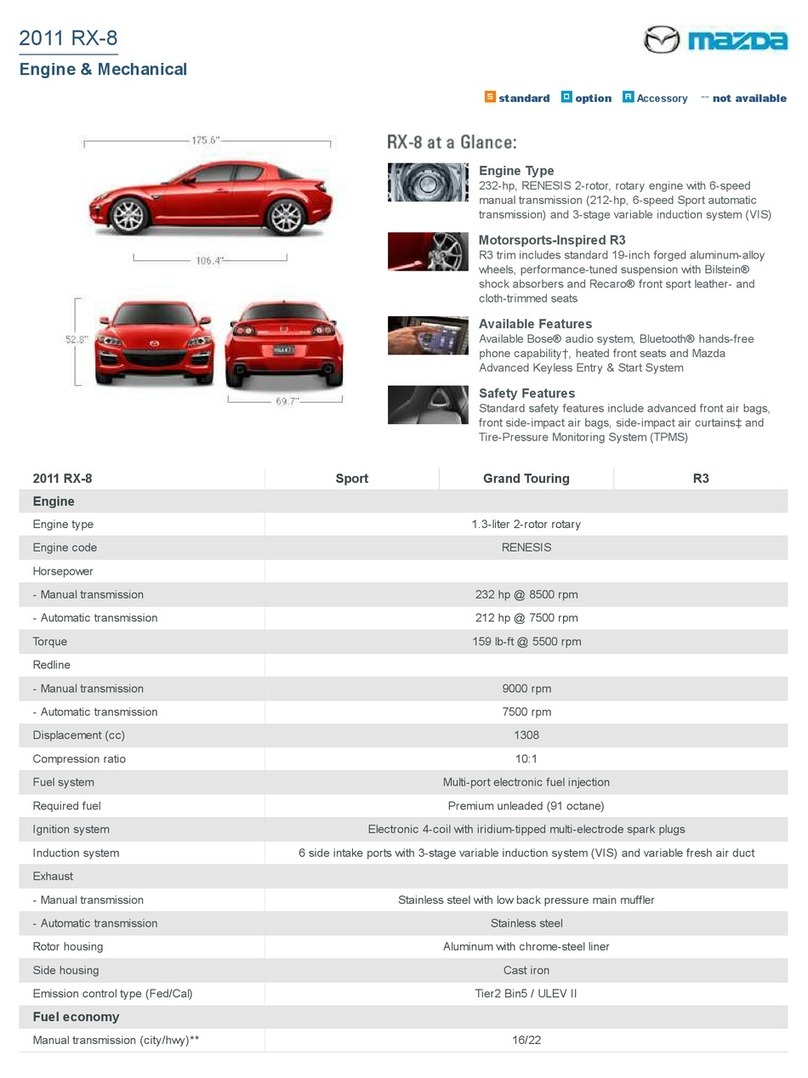
Mazda
Mazda RX-8 User manual

Mazda
Mazda 2005 RX-8 Assembly instructions
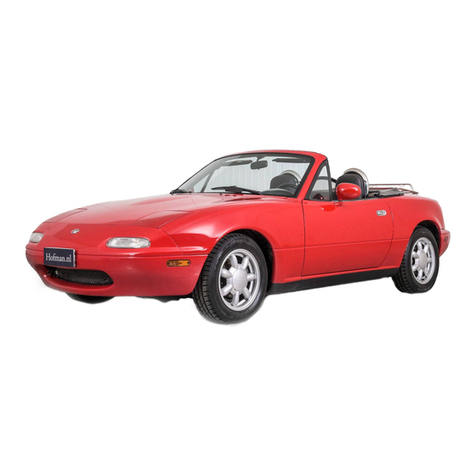
Mazda
Mazda 1990 MX-5 Instruction manual
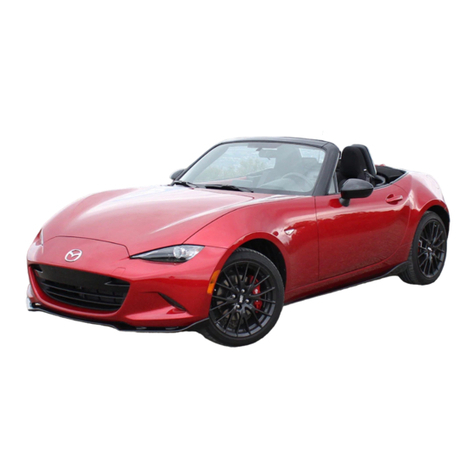
Mazda
Mazda mx-5 2016 User manual
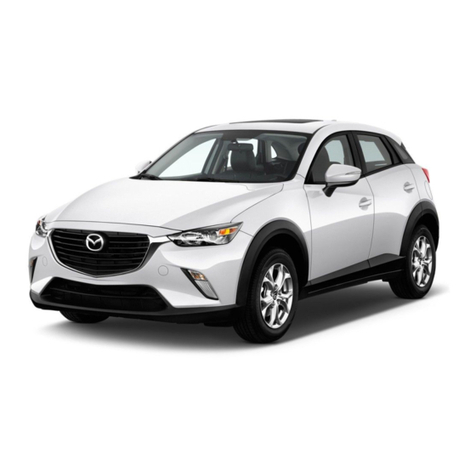
Mazda
Mazda 2016 CX3 User manual
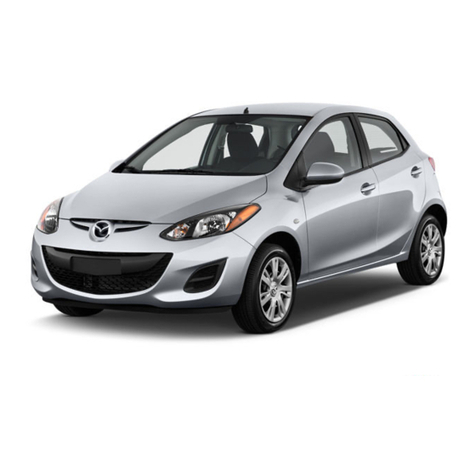
Mazda
Mazda 2013 2 User manual

Mazda
Mazda 1996 Protege Instruction manual

Mazda
Mazda 2004 MPV User manual
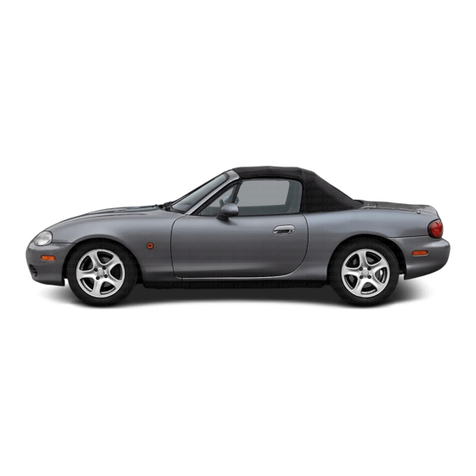
Mazda
Mazda 2000 Miata MX-5 Quick start guide
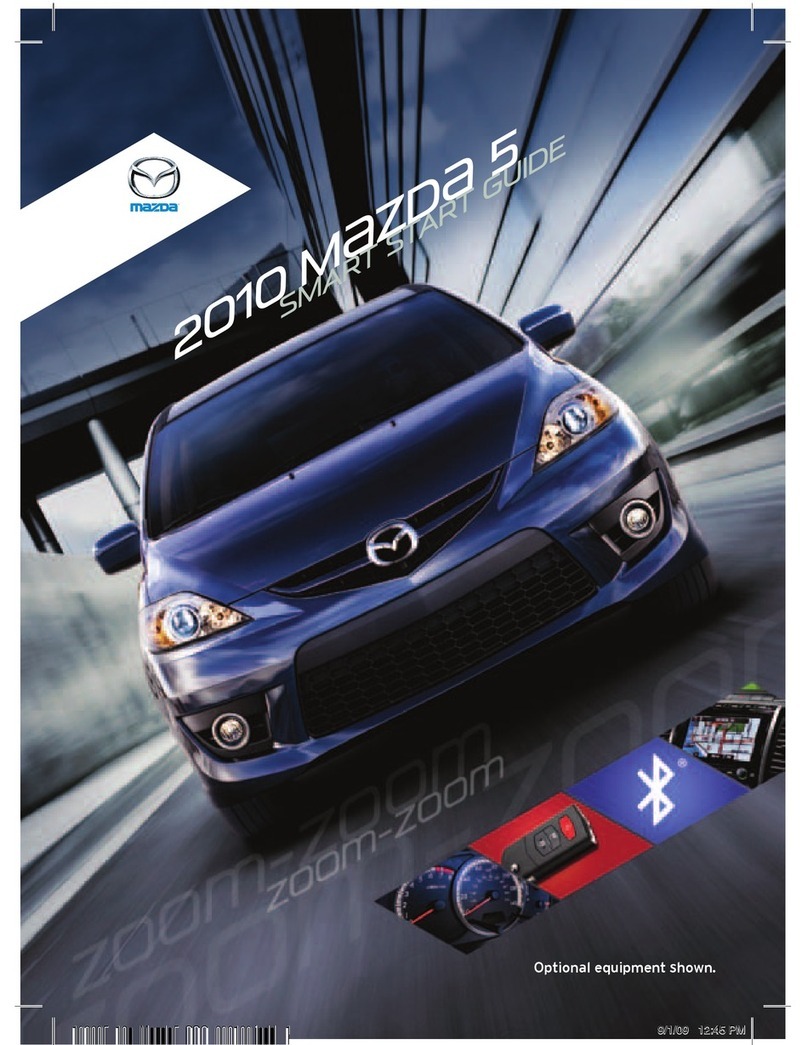
Mazda
Mazda PROTEGE 5 Guide

Mazda
Mazda 2007 Mazdaspeed 3 User manual

Mazda
Mazda 2008 MX-5 Miata User manual
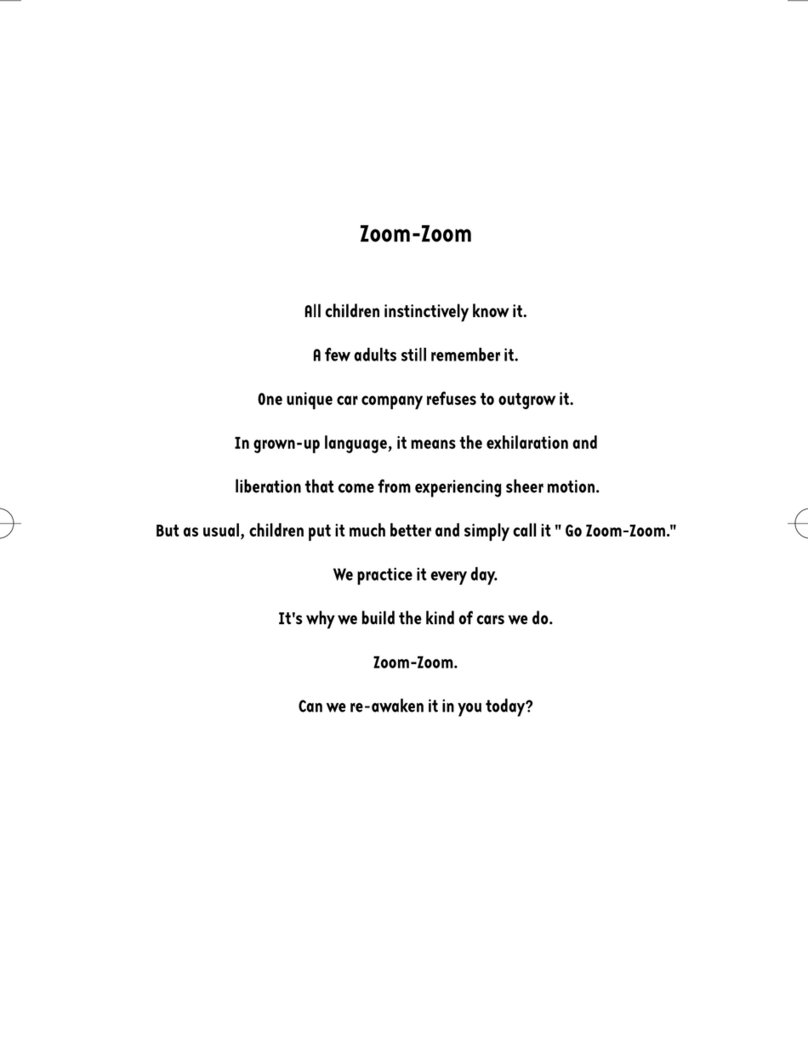
Mazda
Mazda 5 2007 User manual
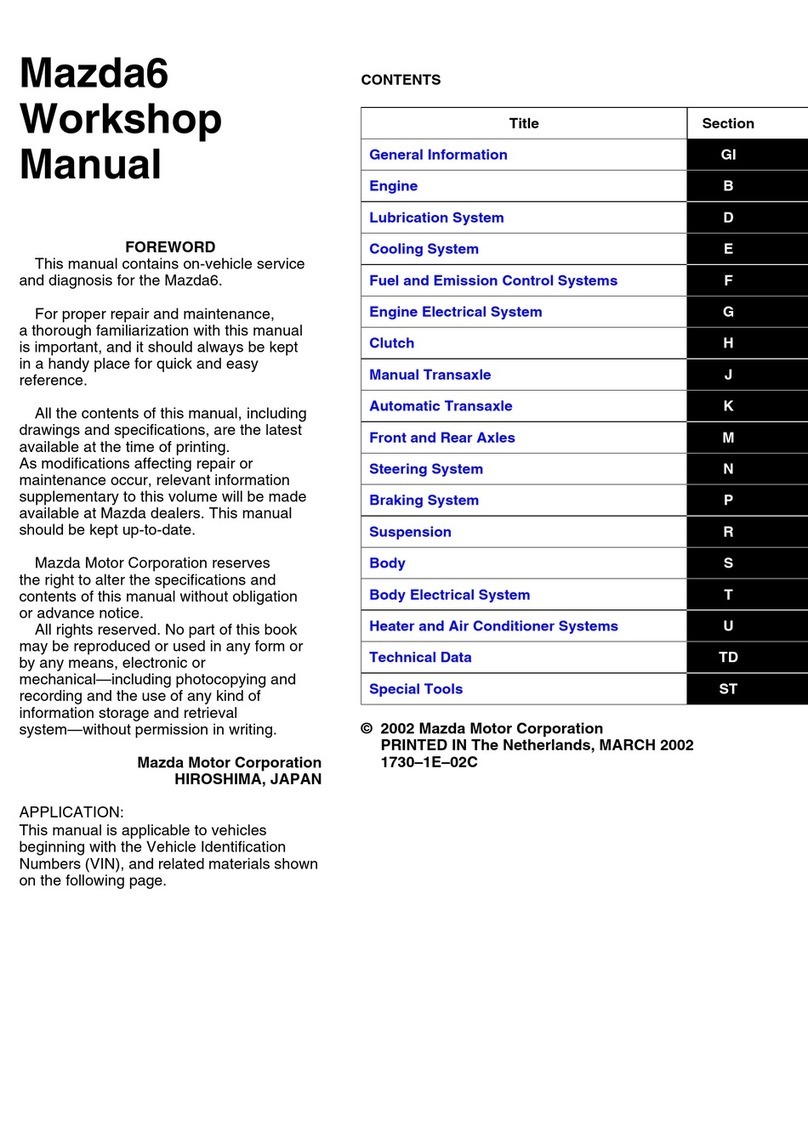
Mazda
Mazda 6 2002 Instruction manual
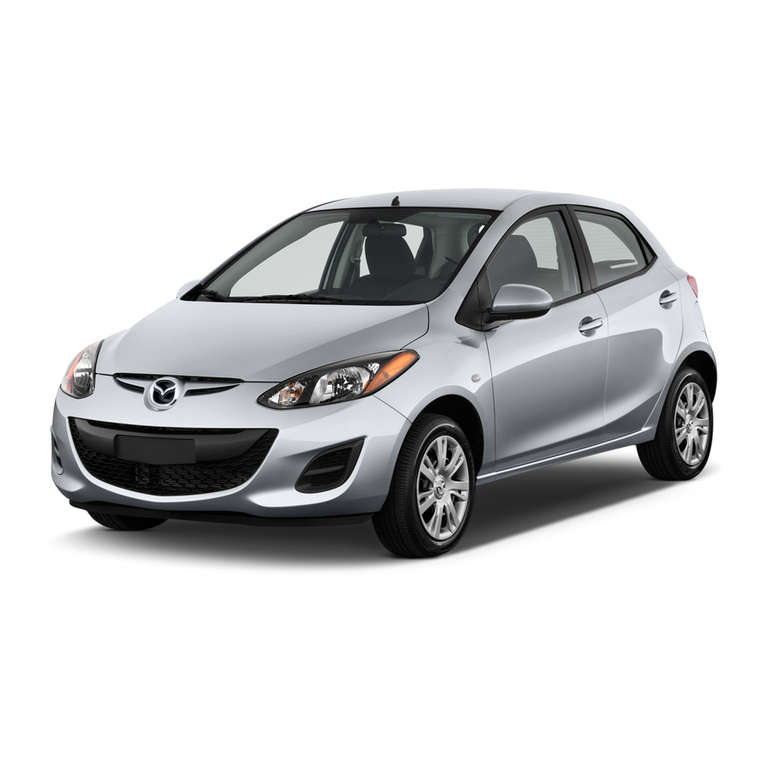
Mazda
Mazda 2 User manual
